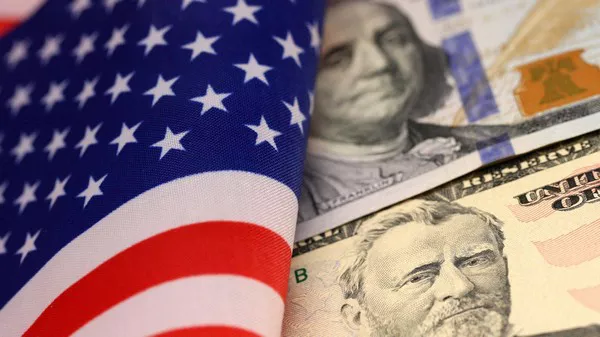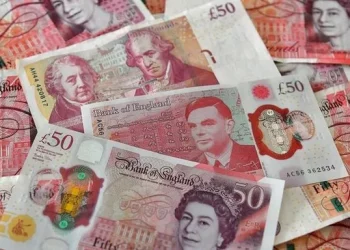Leverage trading is also known as virtual plate trading, deposit trading.
That is, investors use their own funds as security, from the bank or broker to provide financing to amplify, that is, the investor’s trading funds.
The size of the financing is generally determined by the bank or broker, and the larger the financing, the less the client will have to pay.
1. The Relationship between Leverage and Margin To play with trading, you need to understand what leverage is.
A deal is a deal.
Simply put, in foreign exchange trading, leverage is the inverse of margin.
After paying the security deposit, the property right of the goods is completely yours.
Then you have to accept fluctuations in the market price of the whole lot.
If you put up a 10% deposit, the leverage would be 10;
If you have to put up a 1% margin, then the leverage is 100.
Take a long order, for example. If the price goes up, you own the profit of the whole shipment.
If the price goes down, you bear the loss of the whole shipment.
If the loss exceeds the amount of margin you previously put down, and you do not cover the margin, the market will force you to sell the goods, known as a burst position.
2. Advantages and disadvantages of leverage in foreign exchange trading, investors only need to pay 1%-10% margin to carry out 100% trading.
Traders therefore need to make small sums to make large sums.
But leverage is a double-edged sword. Once you trade against the market, the losses will be magnified along with leverage.
At the same time, many traders mistakenly believe that more leverage means better.
In fact, some platforms are highly leveraged, 500 times, but the higher the leverage, the higher the risk.
3. The charm of leverage Since leverage may bring high risks, why do foreign exchange investors choose leverage to trade?
This is mainly for liquidity.
Without leverage, there is little interest in foreign exchange trading except for institutional banks with rigid demand, given the volatility of foreign exchange.
The yen was close to a 20-year low as the U.S. dollar strengthened after the U.S. nonfarm beat expectations and the Bank of Japan kept interest rates low.
Please pay attention to the specific operation, the market is changing rapidly, investment needs to be cautious, the operation strategy is for reference only.

























